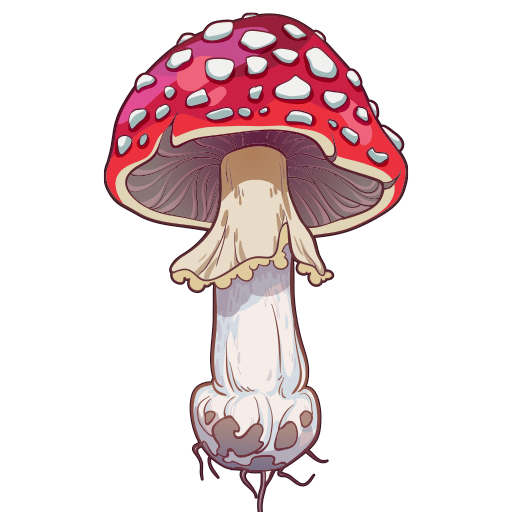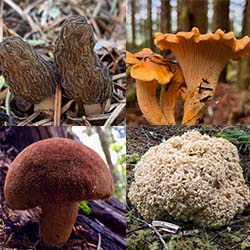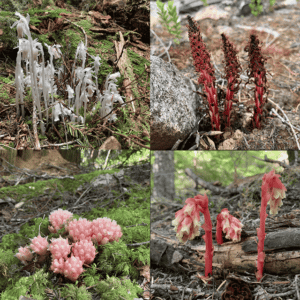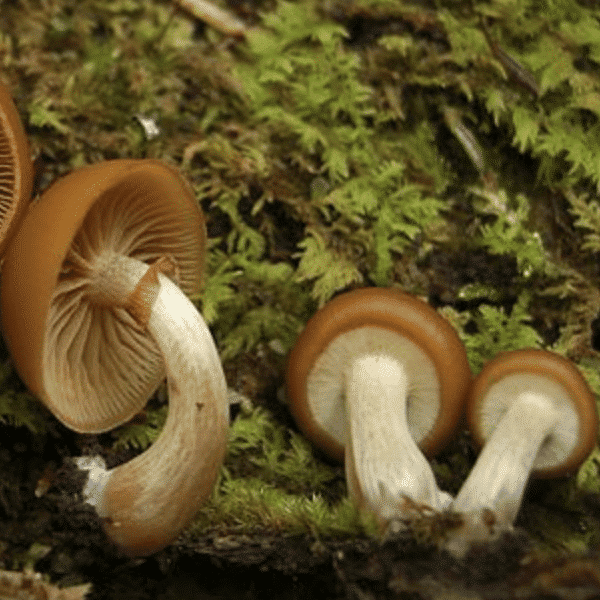Pinus ponderosa
Ponderosa pine has adapted itself to be able to thrive in dry environments, but can be found in a wide variety of locations. This tree seeks not to compete with other species, and grows more abundantly in low elevations.
It’s dominant roots can reach depths of six feet or more, making it strong against winds even in soft soil. According to a study in Washington, approximately 74% of fine Ponderosa pine roots were found to be infected with ectomycorrhizae in mineral soils at depths two inches or less (FEIS).
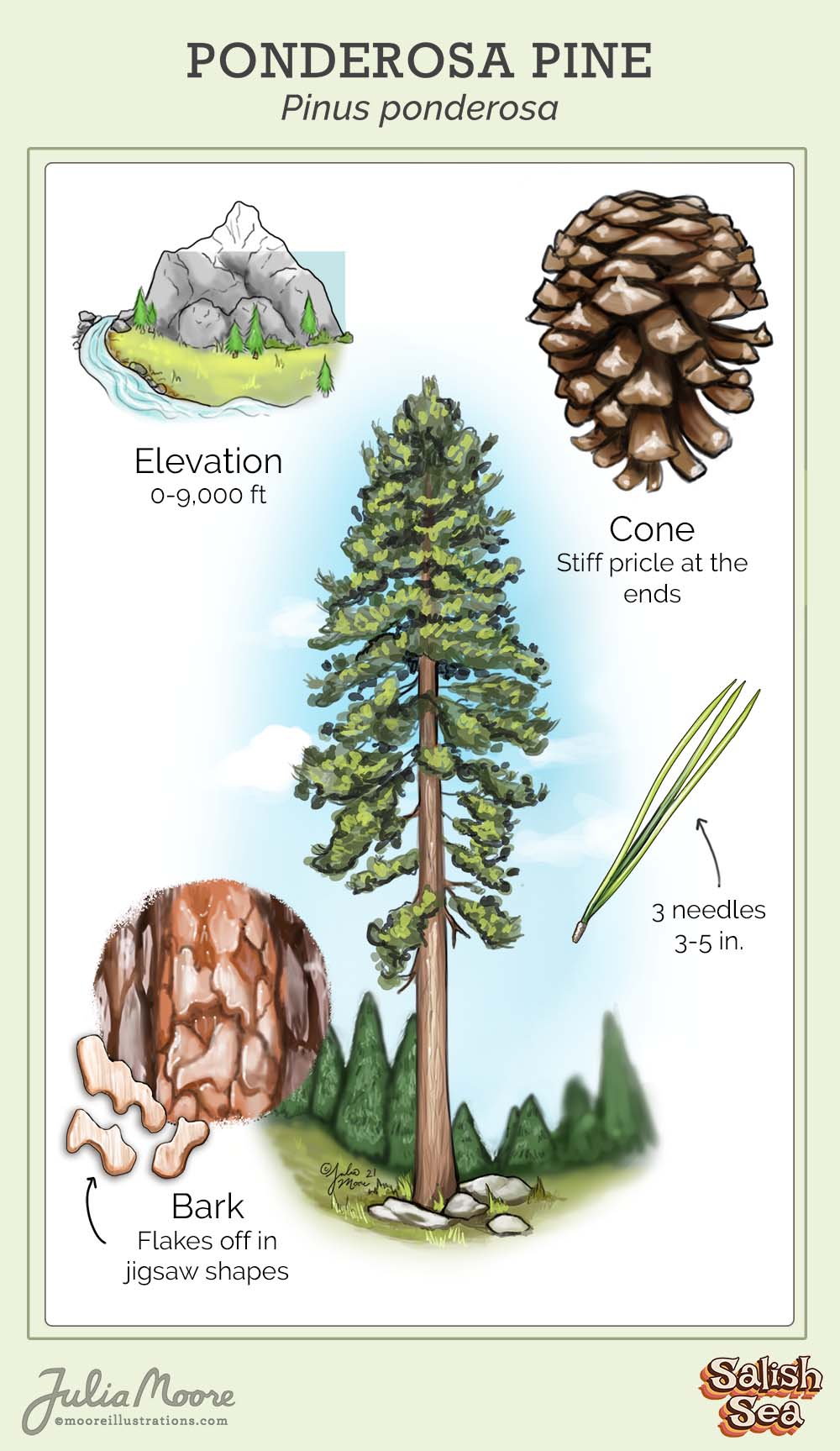
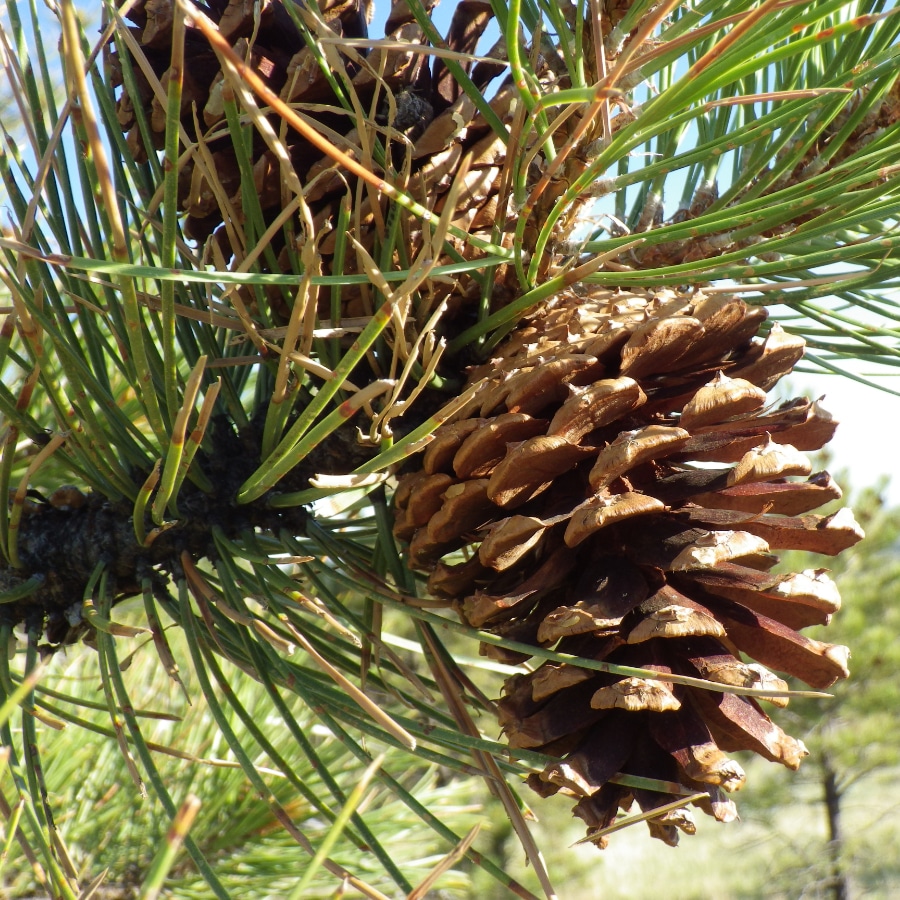
Cones (Female)
- Conic or ovoid
- 2 – 6 in. long
- Red-brown
- Stiff prickles at ends
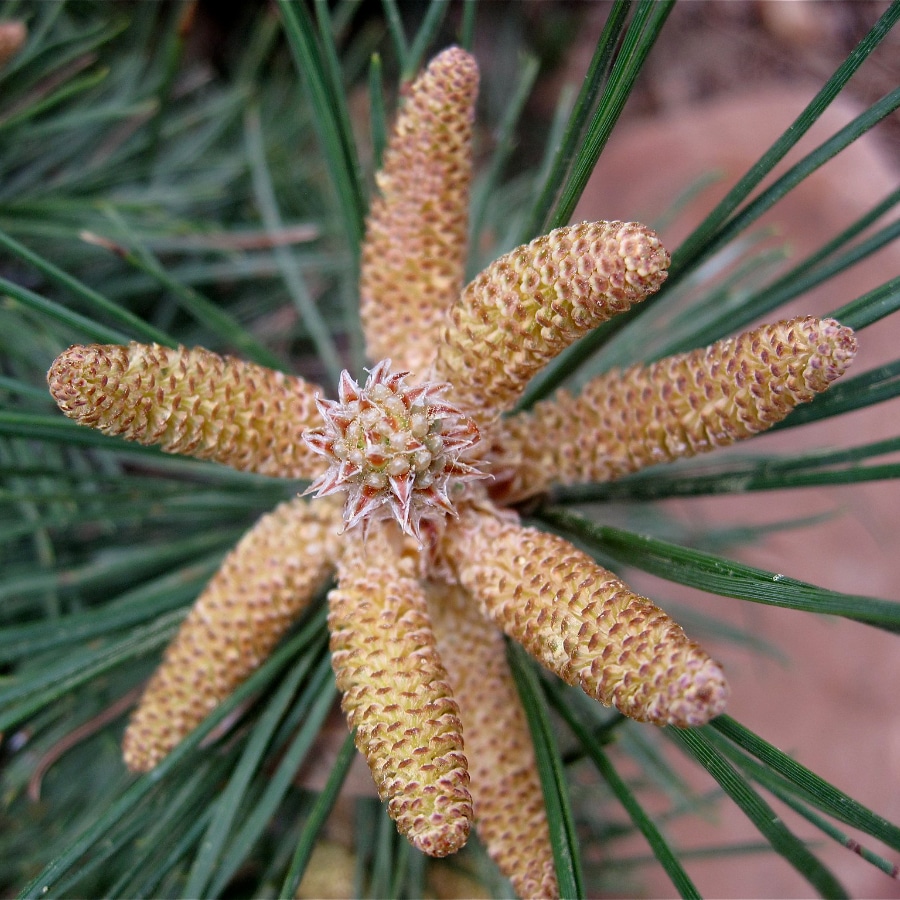
Cones (Male)
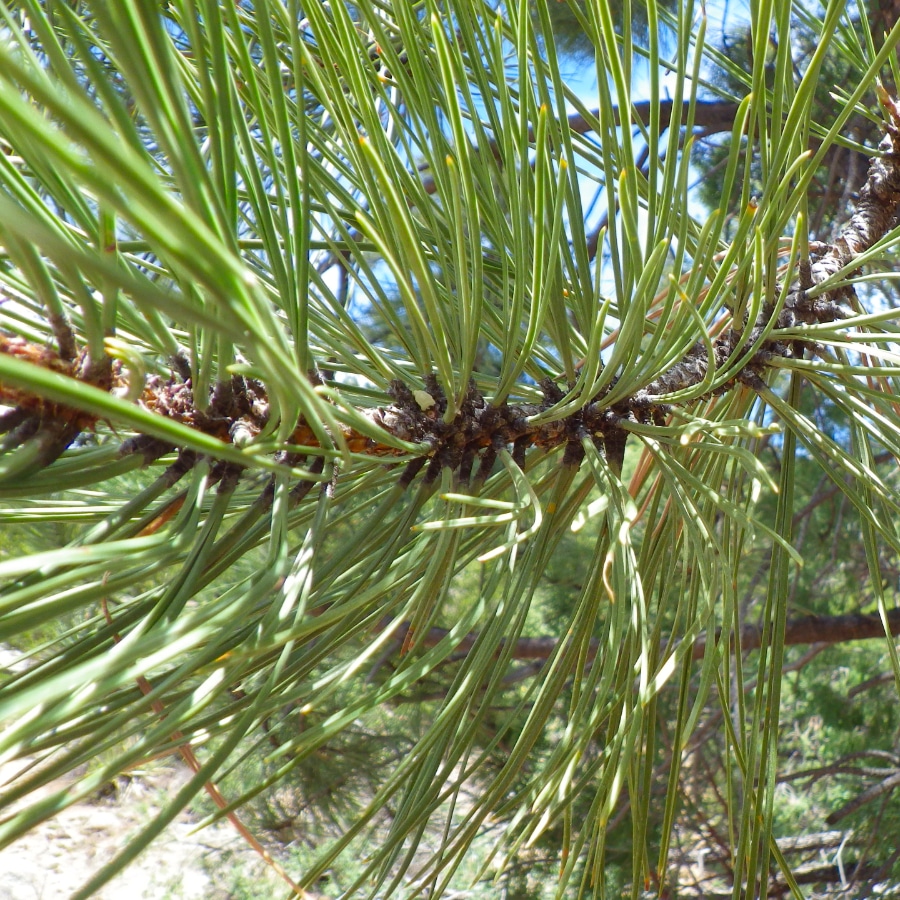
Leaves (needles)
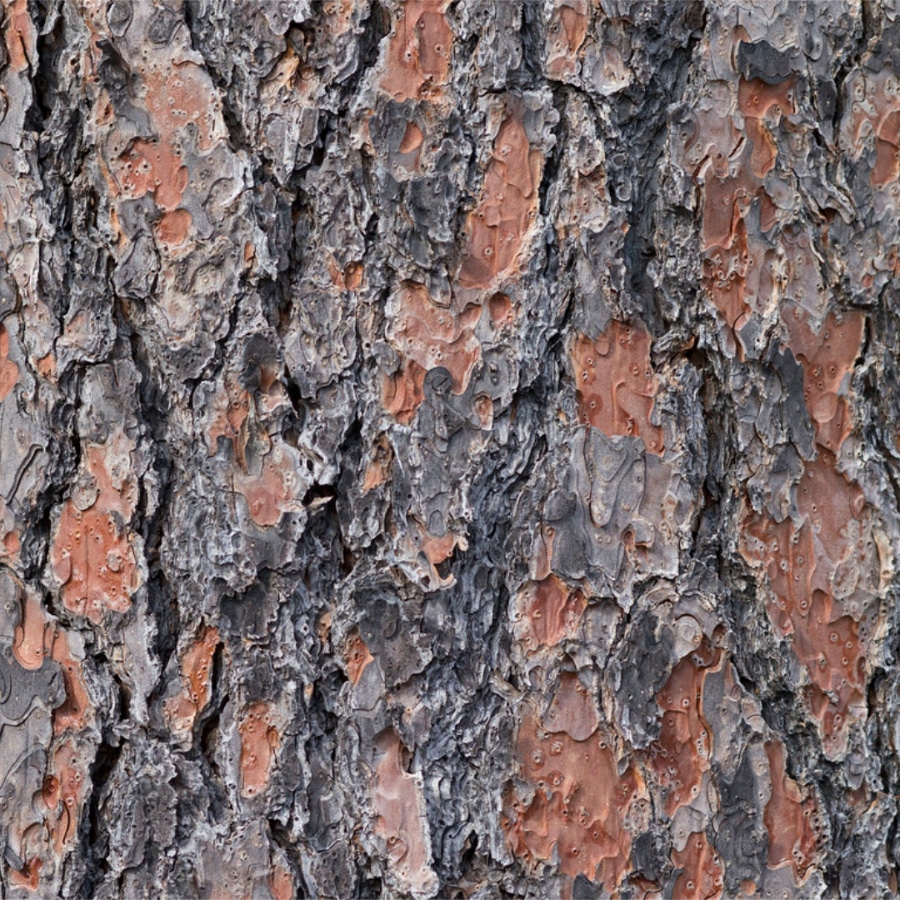
Bark
- Color ranges from yellow to red-brown
- Deep, irregular furrows
- Scaly
- Flakes off
Did you know?
The oldest documented Ponderosa Pine was 879 years old as of 2018. It grows in Newberry National Volcanic Monument, in Oregon (FEIS).
Hans-Jürgen Hübner CC BY-SA 3.0
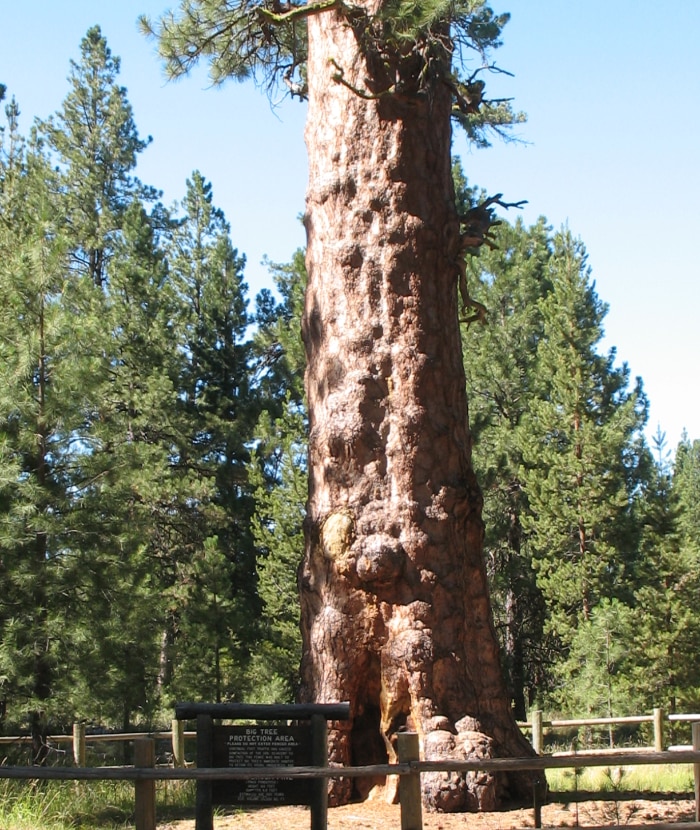

Distribution of Ponderosa Pines in Washington state
Ponderosa Pine (Pinus ponderosa) has a notable presence in Washington State, predominantly occupying the eastern and central regions. These trees are well-adapted to the drier, more arid climate found on the eastern side of the Cascade Range. Ponderosa Pines are less common in the western part of the state, which is characterized by a wetter, cooler climate.
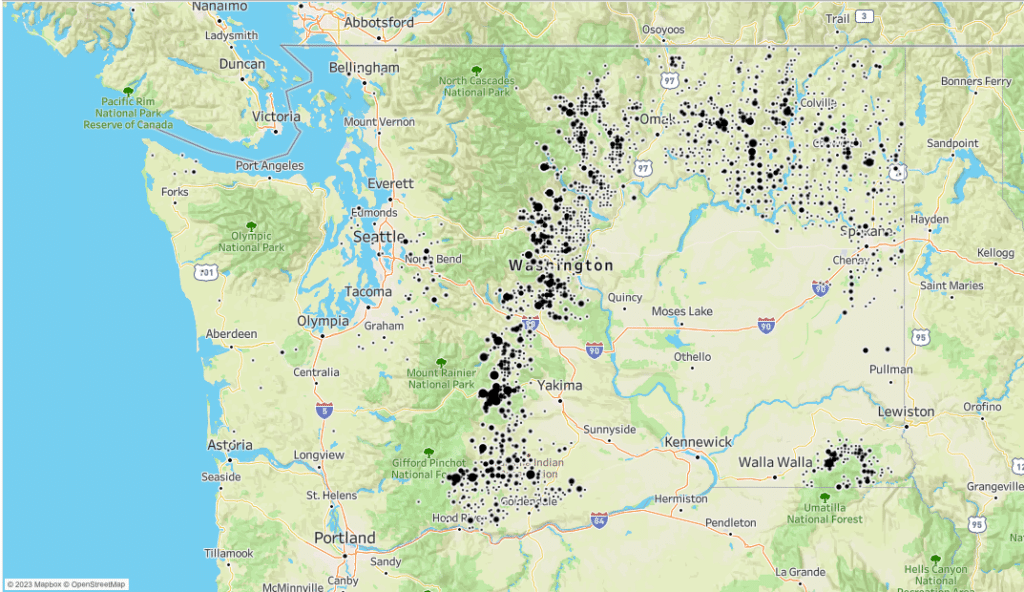
Mushrooms Associated with Ponderosa Pine
Agaricus
Agaricus deardorffensis
Agaricus xanthodermus
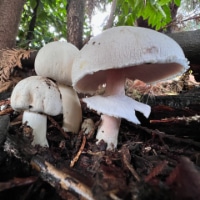
Amanita
Amanita aprica
Amanita breckonii
Amanita muscaria
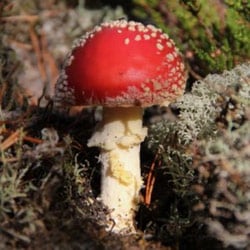
Auriscalpium vulgare

Boletus
Boletus barrowsii
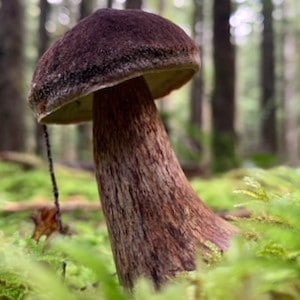
Boletus rex-veris
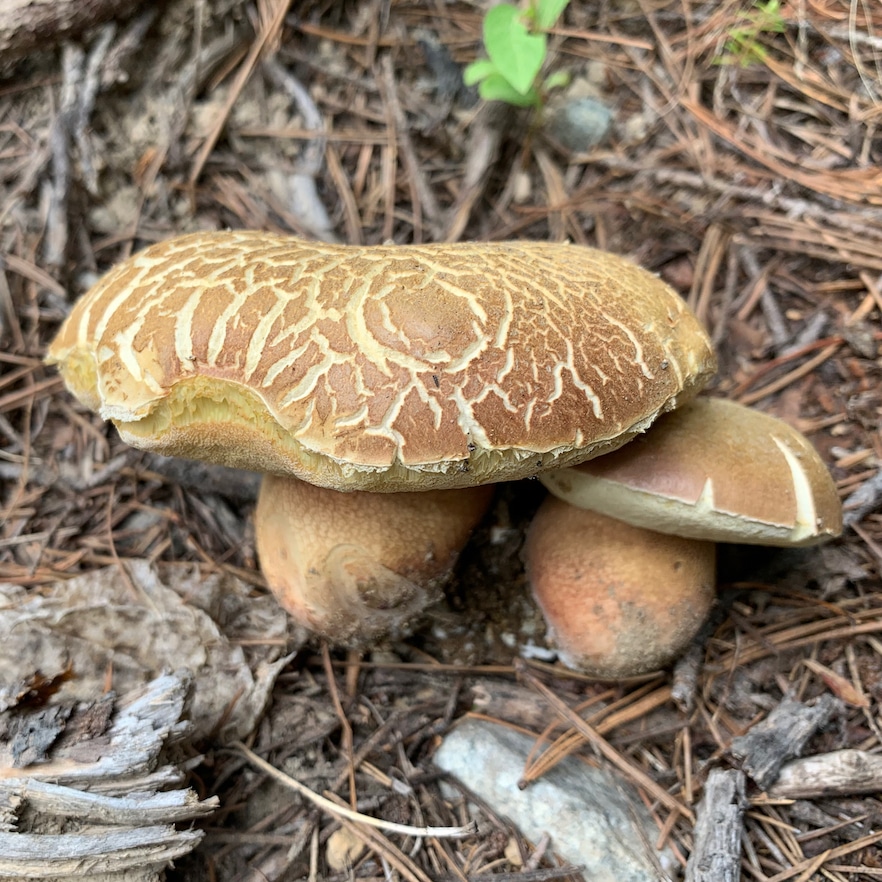
Calbovista subsculpta
Chroogomphus pseudovinicolor
Helvella
Helvella vespertina
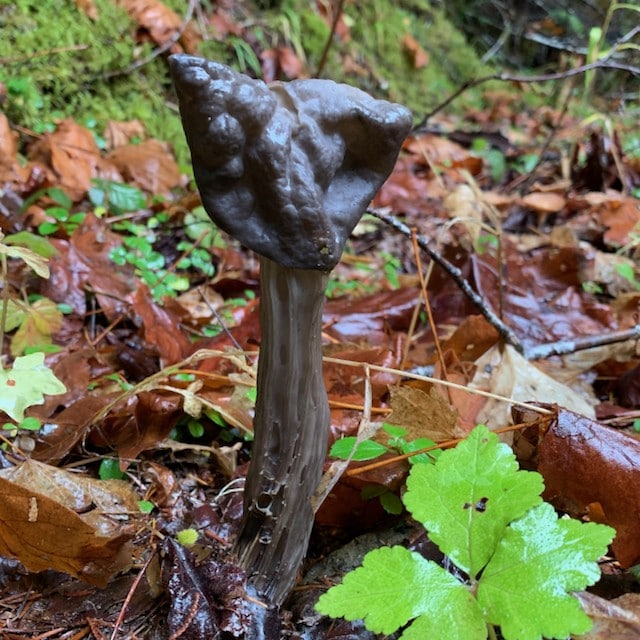
Hemistropharia albocrenulata
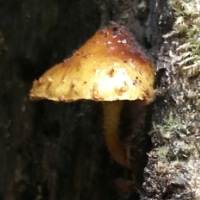
Hygrophorus
Hygrophorus gliocyclus
Hygrophorus siccipes
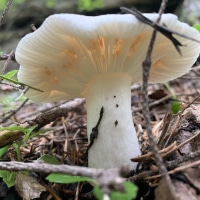
Leccinum ponderosum
Morchella
Morchella snyderi
Morchella tridentina
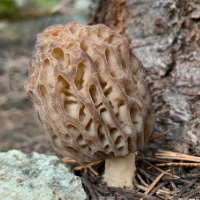
Neolentinus ponderosus
Ramaria
Ramaria apiculata
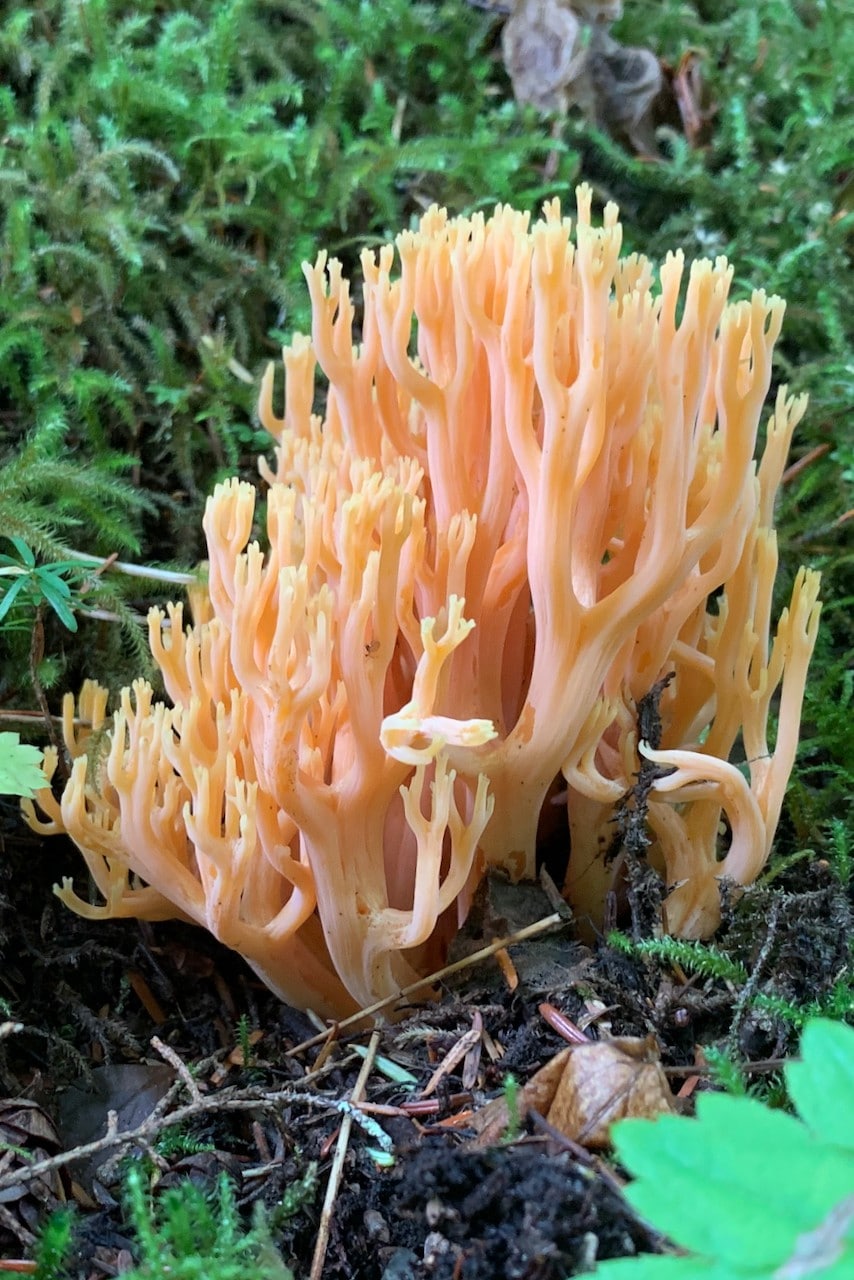
Popular Pages
Boletes
A selection of Pacific Northwest boletes
Mycoheterotrophs
Plants that depend on fungi for food
Poisonous Mushrooms
Many edible mushrooms can be poisonous, and many poisonous mushrooms can be edible.
Trees
Learn where to find, and how to identify the most common trees in the Pacific Northwest
